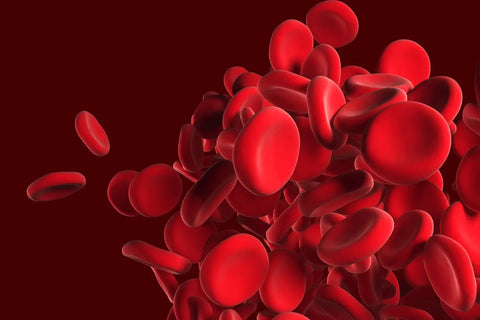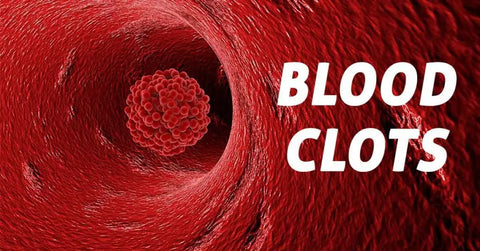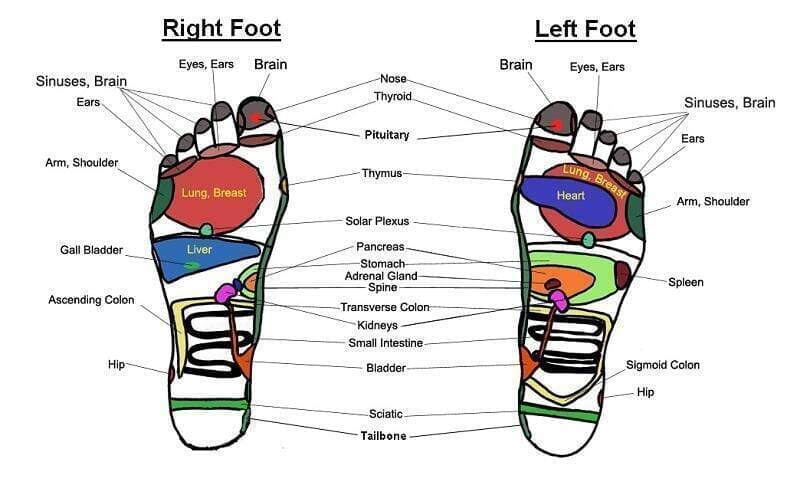What You Should Know About Low Platelet Count | Herbal Goodness
The cells that makeup blood come in a variety of shapes and sizes. Plasma is the liquid in which these cells float. The following are the several types of blood cells:
- Red blood cells
- White blood cells
- Platelets, or thrombocytes
Platelets stick together and form clots to halt bleeding when the skin is wounded or broken. The body is not able to create clots if the blood does not have enough platelets.

Thrombocytopenia is another name for low platelet count in blood. This condition can range from moderate to severe, depending on the underlying reason. Severe bleeding may happen for certain people. Others may not show any signs or symptoms at all.
How to Check For Low Platelet Count?
A physical check for low platelet counts may involve looking for unusual bruising or petechiae, that typically occurs with low platelet count. Also looking out at the belly for an enlarged spleen, which may be a cause of low platelet counts. This is because the Spleen is responsible to destroying blood platelets and if it destroys them too quickly, you may end up with an insufficient amount. Additionally, a family history of clotting may be a factor to look out for.
Blood Clotting
A complete blood count test is require to measure the blood's cell count. Normal platelet counts range from 150,000 to 450,000 per mL blood. There are also tests for platelet antibodies which are proteins that kill platelets. These may be created by items that are consumed or really for unexplained reasons.

To perform blood clotting tests like Prothrombin or thromboplastin a blood sample is required. The sample is treated with chemicals to assess clotting time.
Ultrasound
An ultrasound may be ordered to check for an enlarged spleen. Ultrasound uses sound waves to image the spleen.
Bone Marrow Examination
Another way is to go through bone marrow aspiration. Aspiration is the process of taking a small amount of bone marrow from one of your bones and examining it. Platelets are made in the bone marrow, so the idea is the determine if the bone marrow is making enough blood platelets for your body.
What can you do for low platelet count?
Exercise- or food induced low platelet count, depending on the origin and severity can last anywhere from a few days to several years. For this type of thrombocytopenia):
- Blood or platelets: If the platelet count drops, packed red blood cells or additional platelets may be used to replace lost ones.
- Immune System: Seek things to slow down or suppress your immune system and enhance your platelet count if they are linked to an immune system over activity.
- Spleen: Sometimes the spleen may be removed (splenectomy).
- Exchange of plasma: Thrombotic (Thrombocytopenic Purpura) is the process of plasma exchange.
Home remedies and a healthy lifestyle
If you have thrombocytopenia, you may attempt the following:
- Avoid participating in activities or sports that can cause injury. Boxing, martial arts, and football are all contact sports with a significant risk of injury.
- To provide your body with the nutrition it requires, eat a balanced diet rich in fruits and vegetables, especially leafy greens. Avoid tonic water, some diet drinks, and sugar-free goods
- If you still want to drink alcohol, do so in low amounts. The formation of platelets is slowed by alcohol.
- Brush with a soft bristle toothbrush, and blow nose softly with a soft tissue.
- Use caution with scissors, knives, needles, and other sharp objects.
- When cooking, use oven mitts and avoid skin contact with open flames, steam, hot water, or hot oil.
- Electric razor shaver are suggested.
- Avoid other risky activities.










